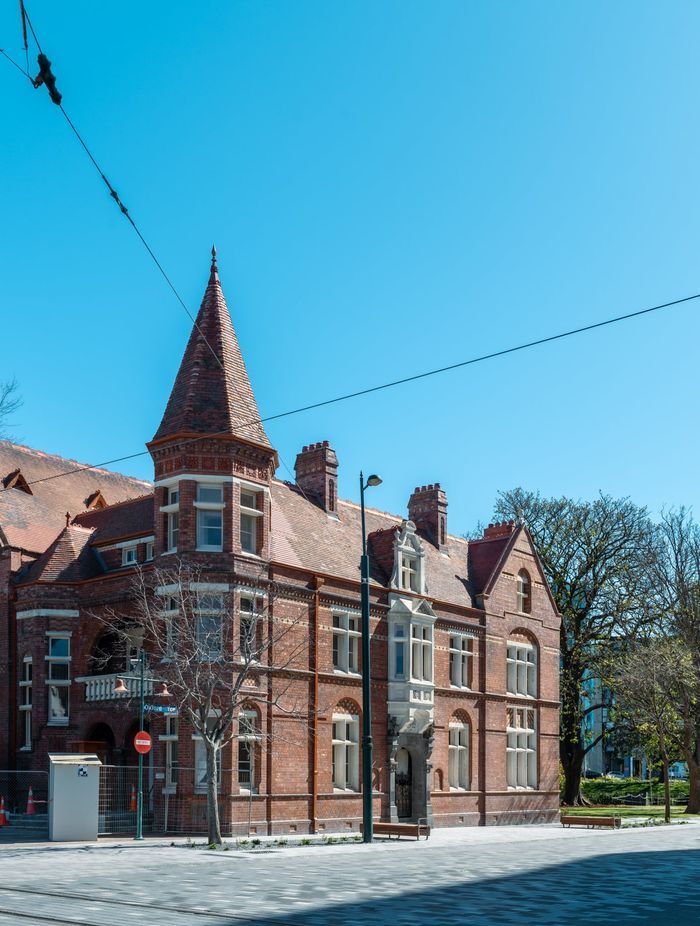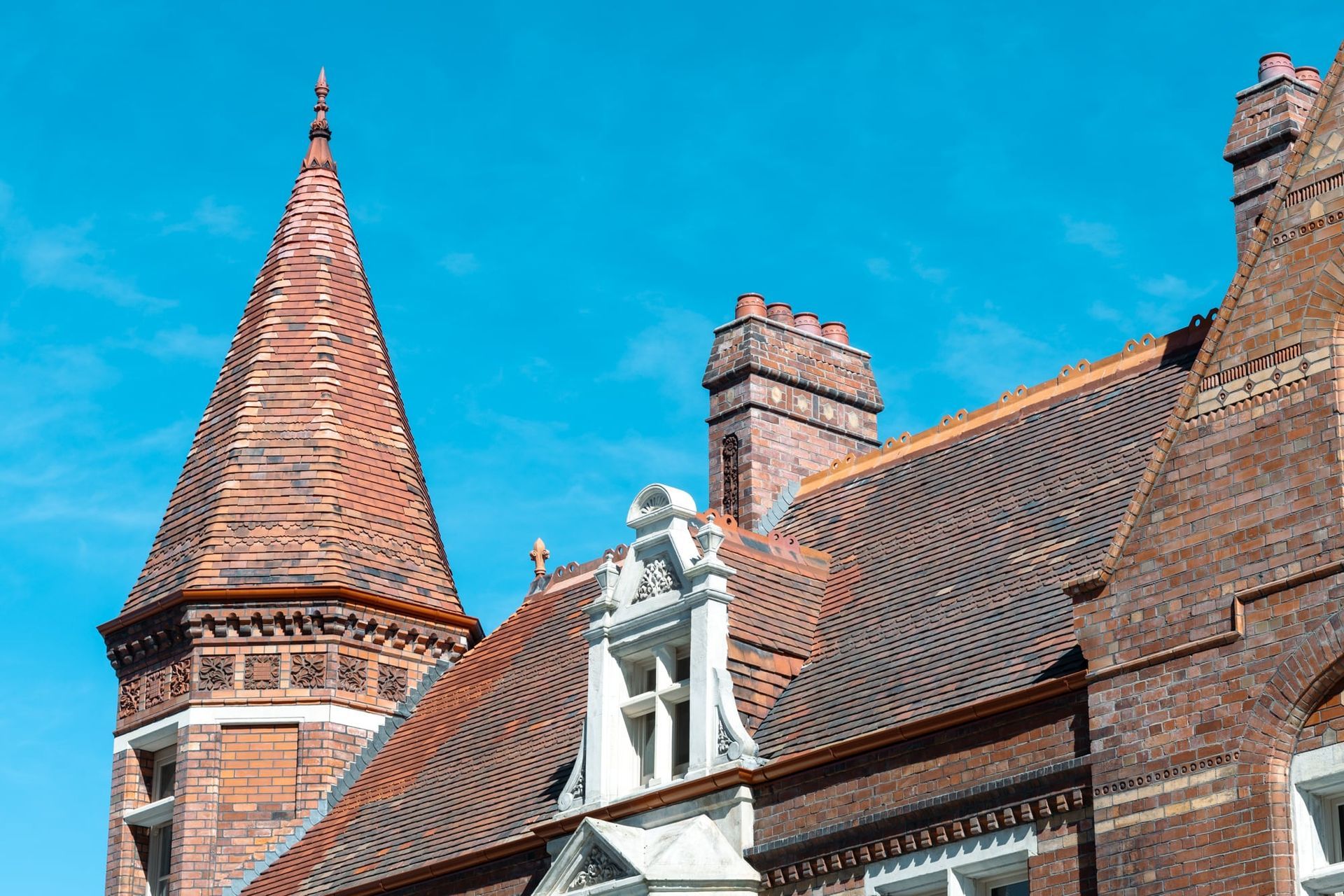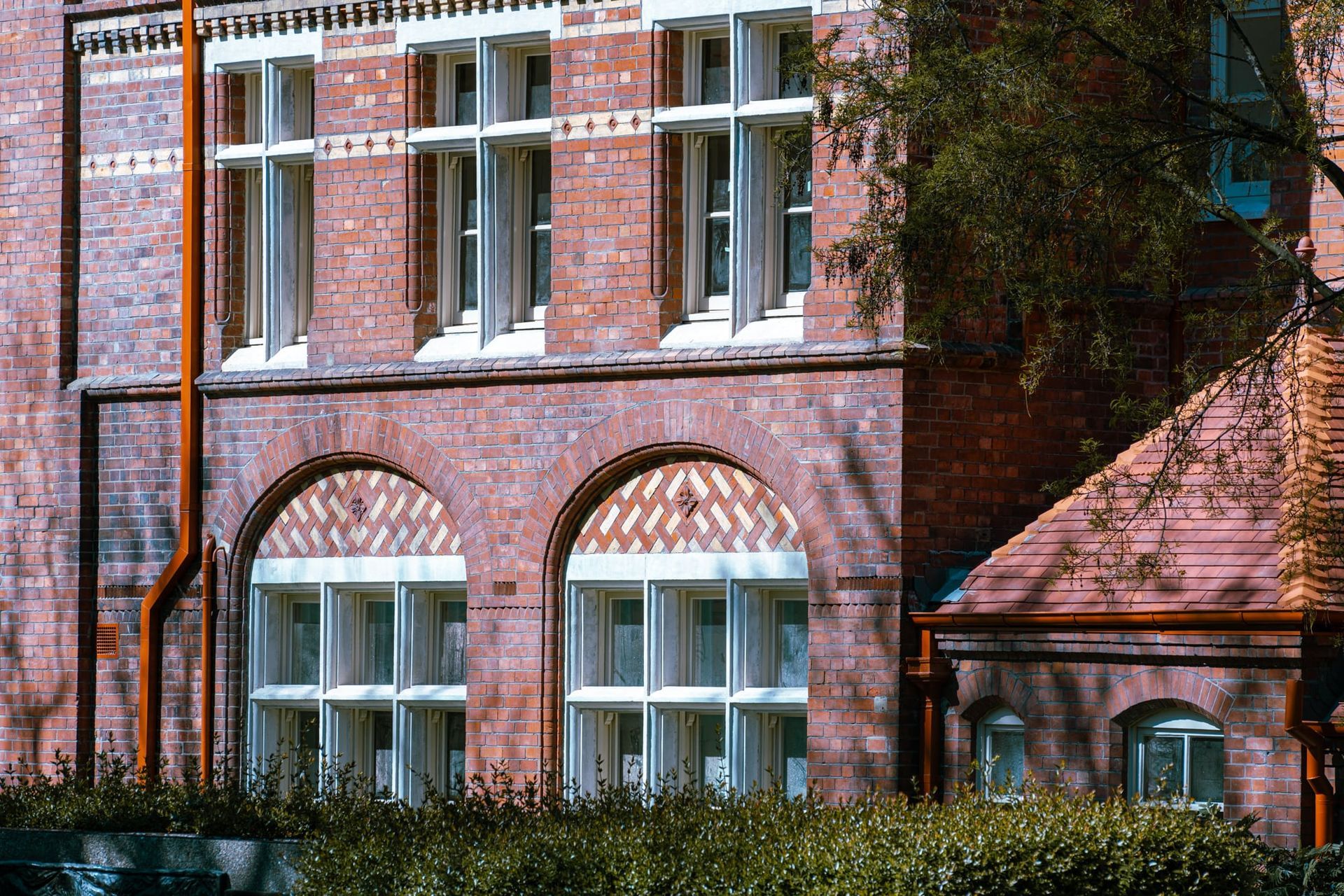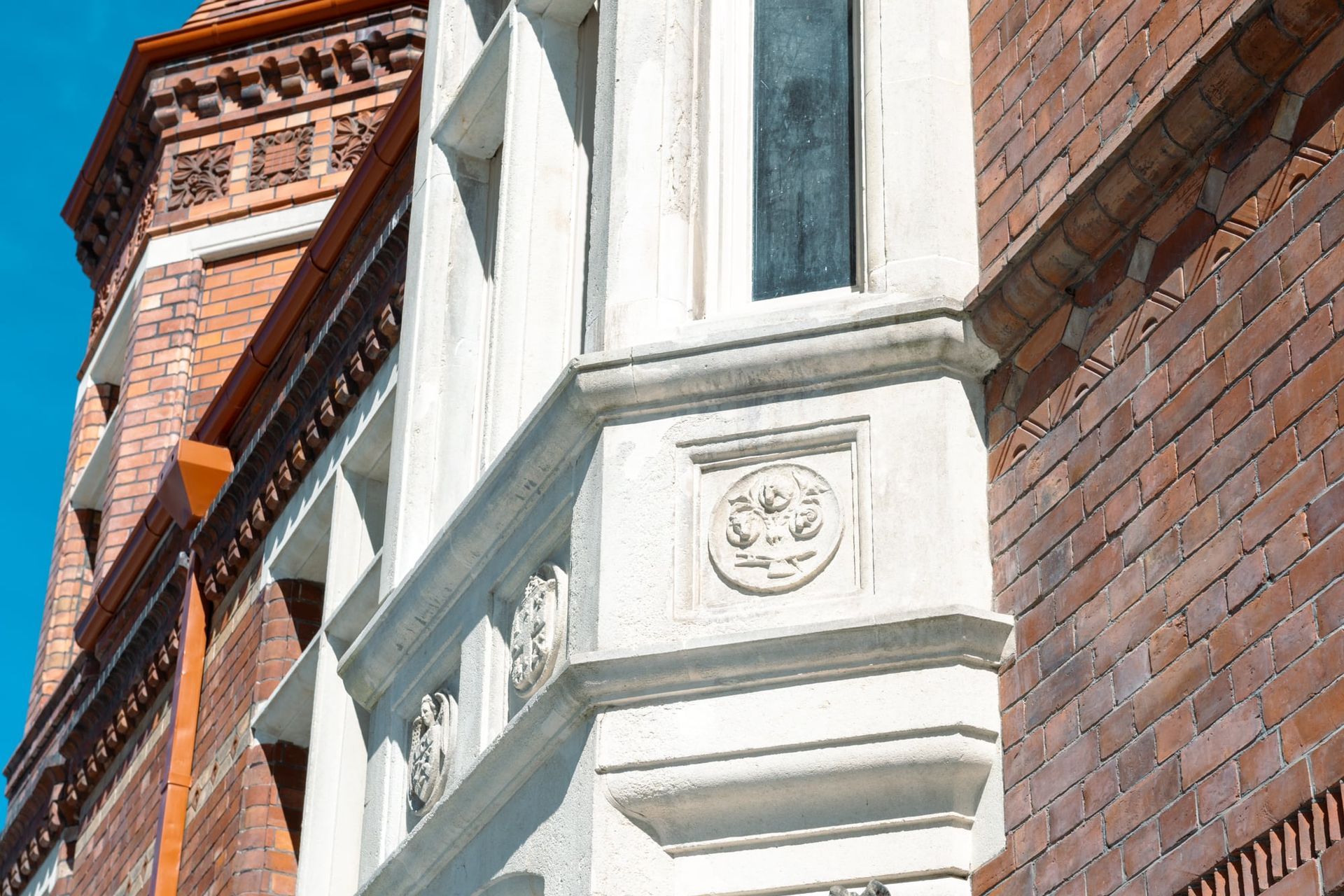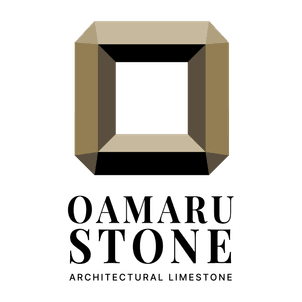Banker Masonry: Keeping a Historic Craft Alive in Aotearoa
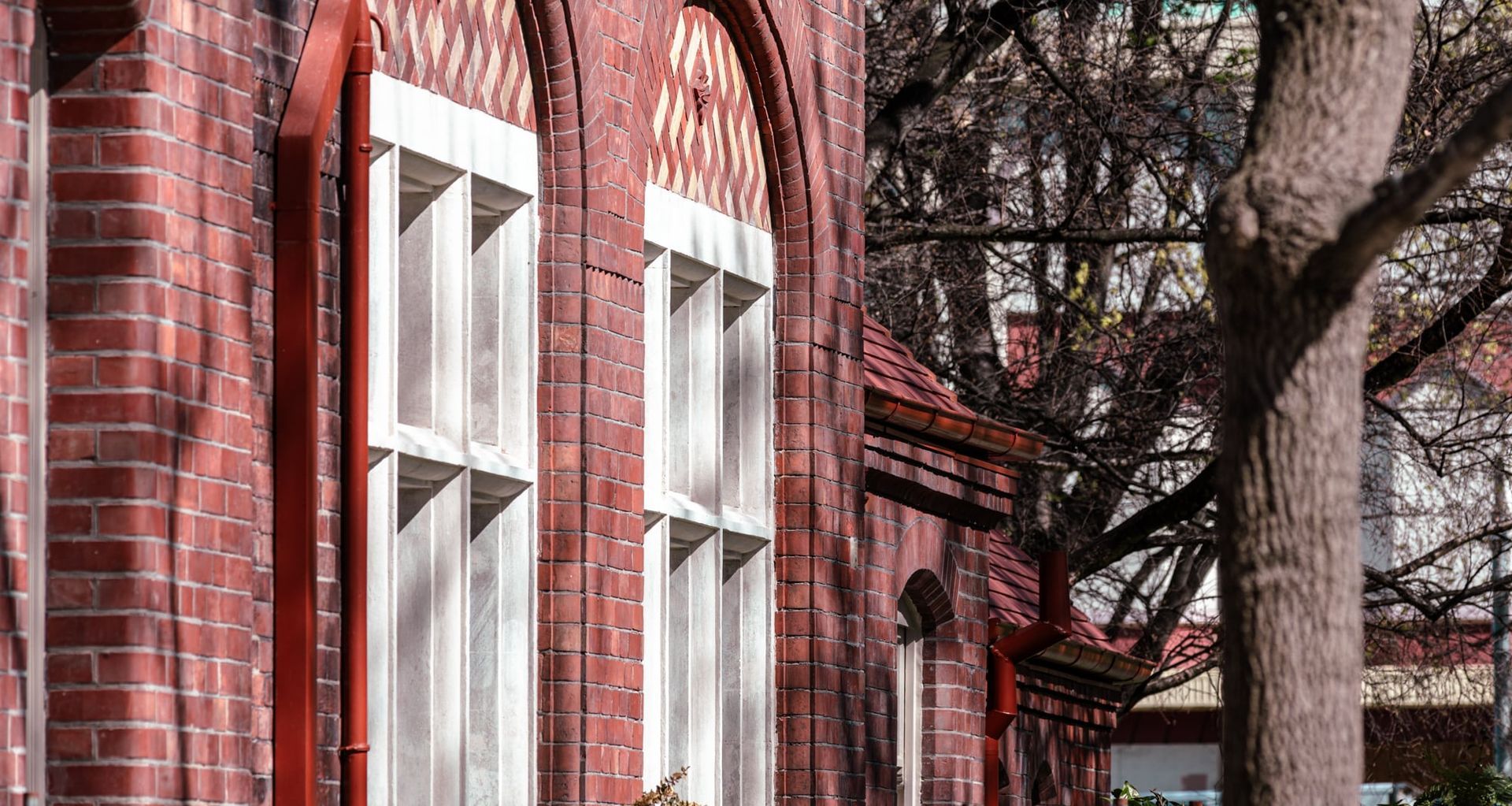
Banker masonry is a time-honoured and highly specialised branch of stonemasonry, focused on shaping, carving, and finely detailing stone for construction purposes. Unlike general stone laying, which involves positioning rough stone, banker masonry is distinguished by its precision and artistry. The name “banker” is derived from the workbench, or ‘bank,’ where masons traditionally prepared and refined stone before it was installed on-site. In Canterbury, banker masons have contributed to the creation of many of the region’s most decorative buildings, bridges, and public monuments. Their expertise remains crucial today, particularly in the restoration of heritage structures that suffered damage in the 2011 earthquakes.
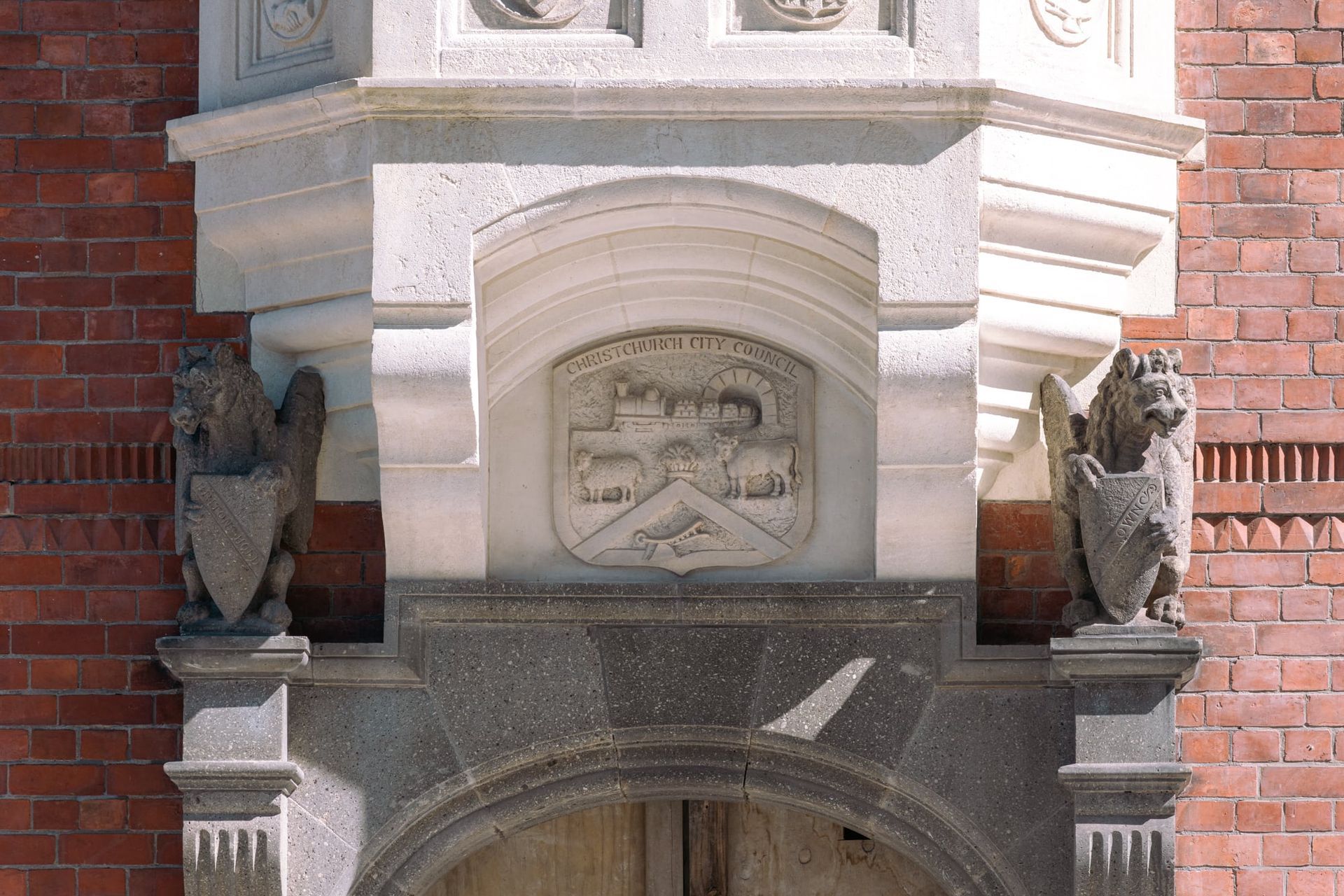
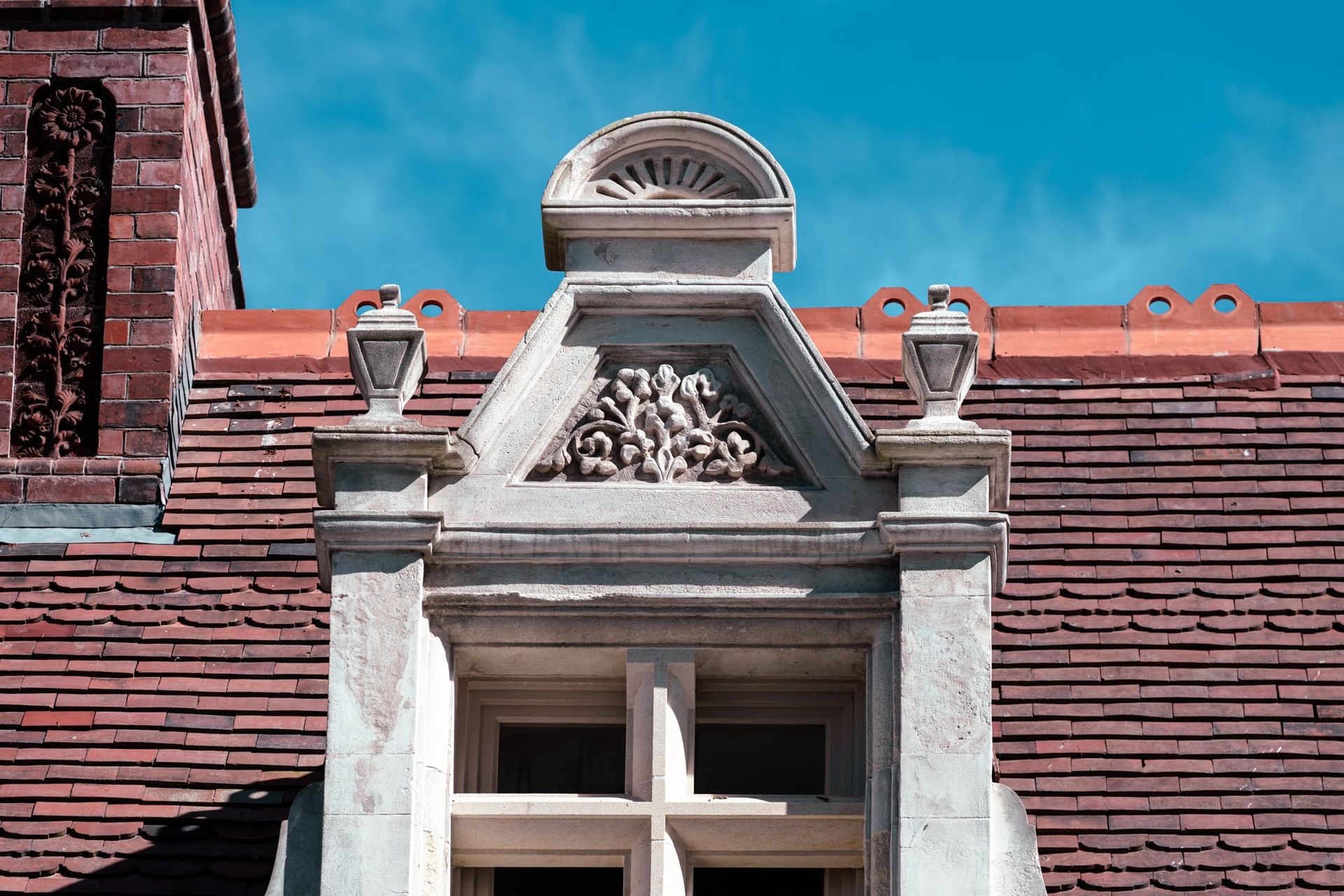
The Origins and Evolution of Banker Masonry
The origins of banker masonry can be traced back to ancient civilisations, where craftspeople meticulously worked stone for both functional and decorative purposes. Throughout the Middle Ages, stone dominated large-scale construction, particularly in fortresses and churches. It was during this period that banker masonry became recognised as a distinct and skilled profession, with artisans developing their craft while working at dedicated benches to achieve intricate stone designs.
The Gothic era, spanning the 12th to 16th centuries, marked a high point for this craft. Demand surged for elaborate stonework in cathedrals and other grand structures, leading to the refinement of techniques. Masons produced delicate carvings, ornate facades, and complex columns – hallmarks of Gothic architecture. Christchurch Cathedral, an iconic example, showcased this style before its partial collapse following the earthquakes.
As architecture evolved through the centuries, banker masonry adapted to complement new styles and construction methods, remaining a vital craft throughout architectural history.
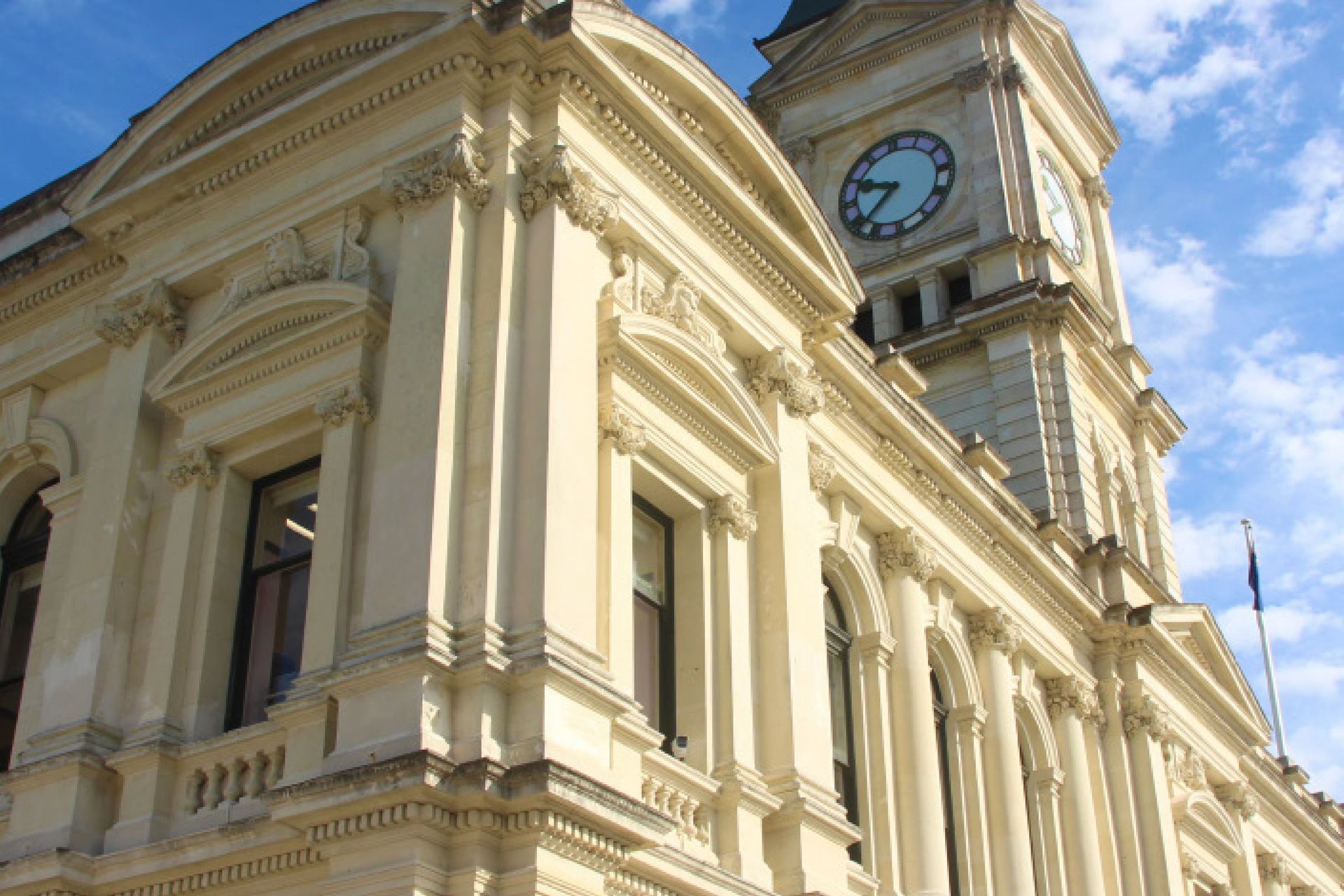
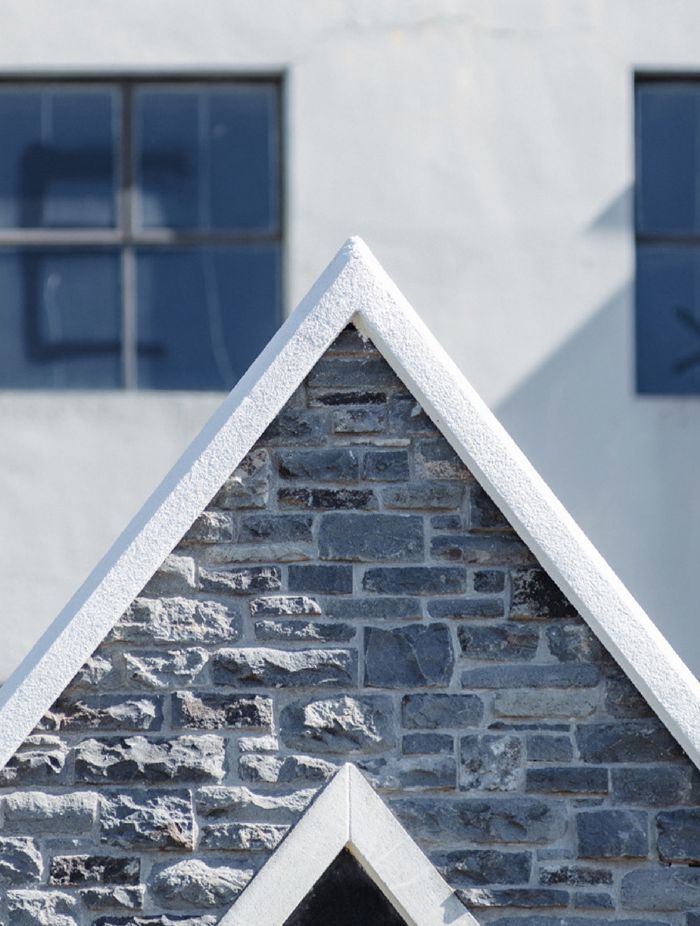


A Craft Demanding Dedication
Mastering banker masonry is no quick process. It requires extensive practical training alongside theoretical learning, often through a formal apprenticeship under experienced professionals. Developing proficiency in this niche craft takes years, as apprentices must hone both technical stone-cutting techniques and the creative skill required for detailed carving.
Aspiring banker masons must also interpret architectural plans and tailor their work to each project’s specific requirements. Attention to detail, precision, and patience are essential qualities for success. Training covers working with diverse stone types such as limestone, sandstone, and marble. Apprentices gain experience using hand tools like chisels, mallets, and hammers, alongside modern equipment such as diamond-tipped saws and grinders.
Throughout their development, these craftsmen gain an in-depth understanding of stone characteristics, learning which materials best suit particular applications. This expertise makes them invaluable in heritage restoration, where historical accuracy and craftsmanship are paramount.
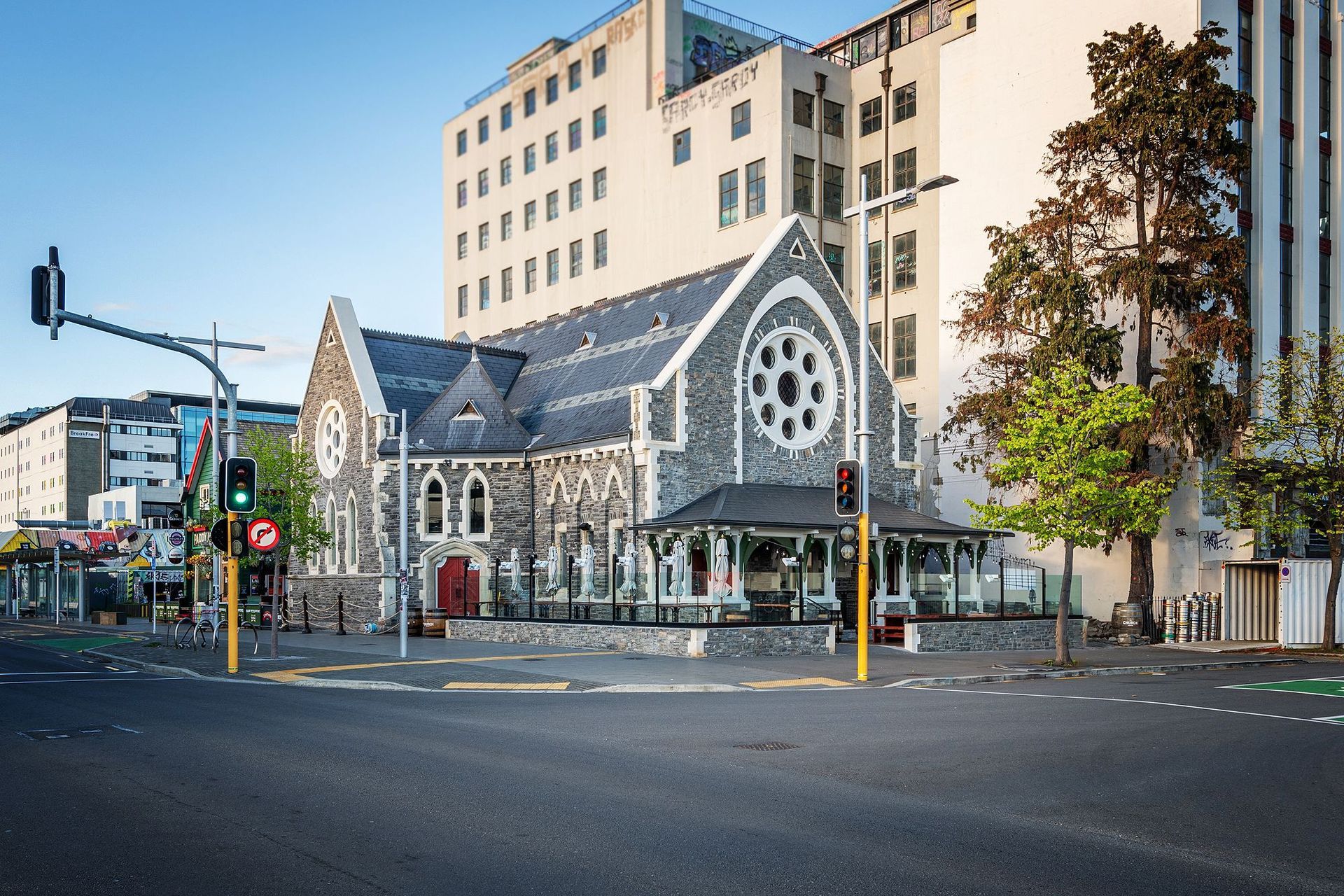
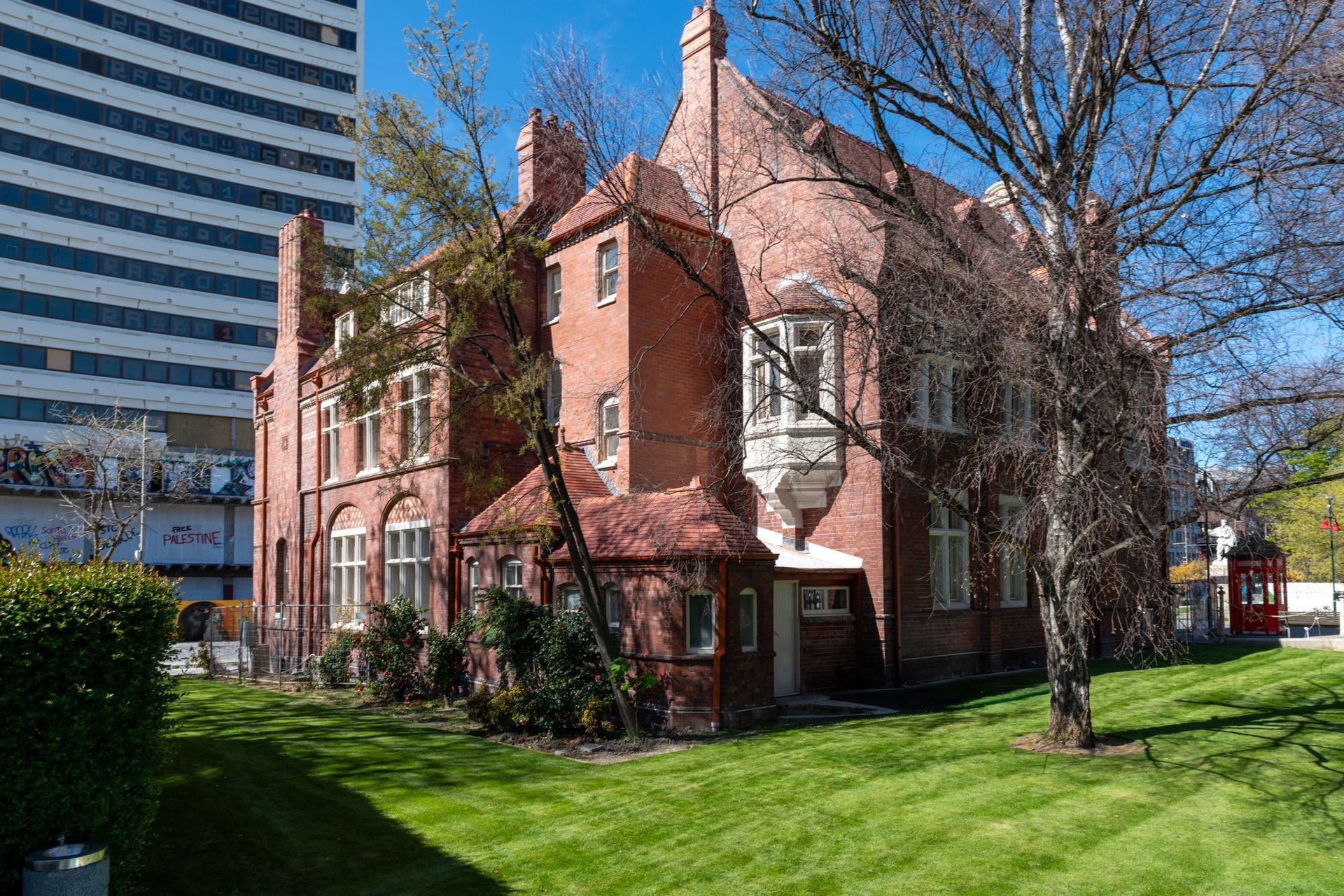
Preserving a Rare Skill in New Zealand
Christchurch’s architectural legacy, rich with Victorian and Edwardian stone buildings, has helped sustain the demand for skilled banker masons. The 2011 earthquakes left many heritage buildings damaged or unsafe, and the small number of remaining local experts played a critical role in their repair and preservation.
However, with only a few trained specialists left and modern construction increasingly favouring alternative materials and methods, banker masonry faces an uncertain future. Without renewed interest and investment in stone craftsmanship, this centuries-old skill could disappear from New Zealand within the next few decades.
Oamaru Stone: Supporting Stone Craftsmanship
Oamaru Stone has had the privilege of partnering with Canterbury’s skilled banker masons on numerous heritage restoration projects across the South Island. Our team takes pride in working alongside these artisans, whose deep appreciation for stone aligns with our belief in its lasting elegance, durability, and versatility.
If you are considering incorporating pure organic limestone into your next project, we would love to hear from you. Contact us at 03 433 1134 or email sales@oamarustone.co.nz.
